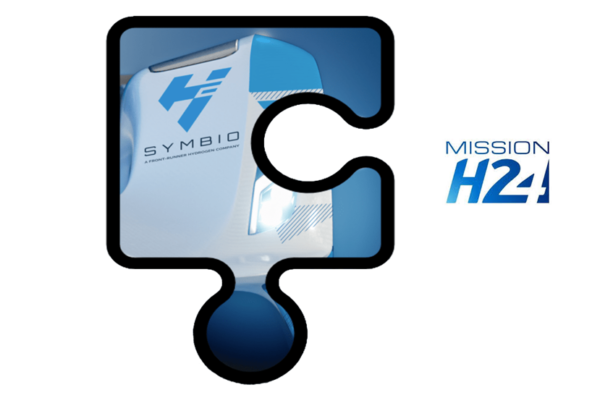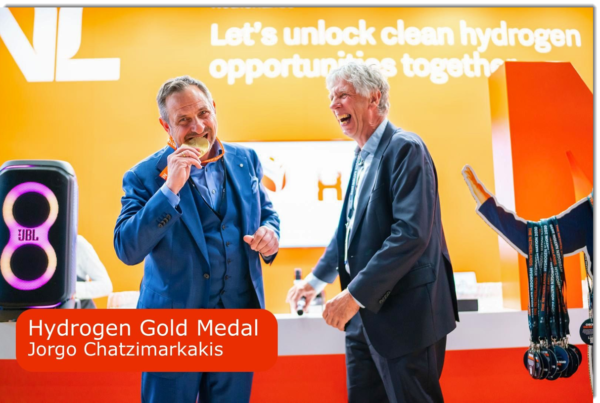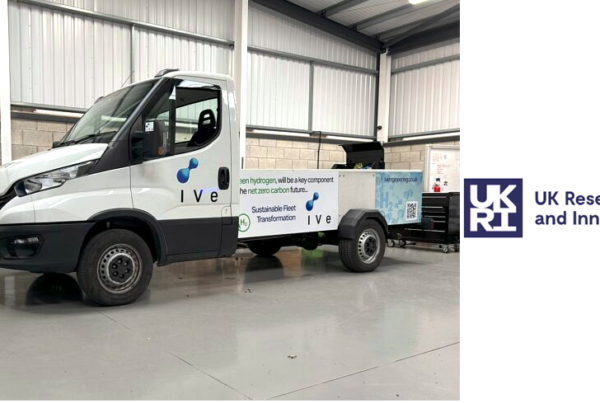
They will promote technical knowledge and production capacity through the development of technological advances and prototypes throughout the hydrogen value chain, as well as testing facilities and new manufacturing lines
The program for large electrolyzers will have 100 million, the demonstration and validation of hydrogen vehicles with 80 million, industrial and experimental research with 40 million, and the promotion of capacities and technological advances in test lines and manufacturing with 30 million
The four programs are part of the PERTE ERHA calls and will create more than 14,000 direct and indirect jobs
The award criteria will prioritize the participation of SMEs, the positive impact in Just Transition areas, the reduction of emissions and the creation of employment
The Official State Gazette (BOE) today publishes the extract of four calls for aid for incentive programs for the innovative value chain and knowledge of renewable hydrogen. Endowed with 250 million euros, they will go to large electrolyzers (100 million), available here ; Vehicle Demonstration and Validation (80 million), available here ; industrial and experimental research (40 million), available here ; and capacity building and technological advances in testing and manufacturing lines (30 million), available here . It is estimated that its materialization will generate more than 14,000 jobs and contribute more than 960 million euros to GDP.
The calls are part of one of the two lines for the promotion of renewable hydrogen, approved in December 2021 by the Ministry for the Ecological Transition and the Demographic Challenge (MITECO) within the Strategic Project for the Recovery and Economic Transformation of Renewable Energies, Renewable Hydrogen and Storage (PERTE ERHA).
The characteristics of the calls are available on the website of the Institute for Energy Diversification and Saving (IDAE) and the application submission period will remain open from April 8 to June 7. Among the award criteria, the participation of SMEs, the positive impact in Just Transition areas, the reduction of emissions and the creation of employment will be assessed.
The IDAE will be in charge of managing the aid, which will be granted on a competitive basis, and whose purpose is to improve the productive capacities and the manufacturing of components, equipment and systems; the development of prototypes in the field of mobility and large electrolyser demonstrators, and the deployment of key enabling technologies within the value chain.
The projects must respect the principle of “not causing significant damage” to the environment and the aid will be implemented as a subsidy to be received by the beneficiary, definitively, once the execution of the project is verified and the eligible costs incurred are accredited. .
Programs and evaluation criteria
The aid is linked to four incentive programs:
- Capacities, technological advances in testing and manufacturing lines:
Subprogram 1 a) equipment manufacturing centers related to the renewable hydrogen value chain. In particular, the manufacturing facilities and equipment for other equipment, components and systems, with a budget of 20 million.
Subprogram 1 b) improvement of capacities linked to R&D&i: focused on test facilities for components, systems and auxiliary equipment related to the production, distribution and use of renewable hydrogen, with a budget of 10 million.
- Design, demonstration and validation of new vehicles powered by hydrogen, with a budget of 80 million.
- Large electrolysis demonstrators, innovative renewable hydrogen production projects:
Subprogram 3 a) for the development and manufacture of a large electrolyser, a first prototype that includes advanced elements with respect to the current state of the art, with a budget of 40 million.
Subprogram 3 b) for real and effective integration of a large electrolyser in an industrial operating context, with a budget of 60 million.
- Basic-fundamental research challenges, innovative pilot projects and training in key enabling technologies within the value chain, with a budget of 40 million.
Depending on the demand, within the same program the possibility of transferring funds between the subprograms is foreseen, so that there is flexibility to adapt to the real demand by the beneficiaries.
Likewise, before the deadline for submitting applications, it is contemplated that the expansion of the budget for each call may be assessed, by agreement of the Board of Directors of the IDAE, provided that the annual spending limit per call established in Regulation (EU) No. 651/2014, of the Commission of June 17.
Minimum investment of 500,000 to one million euros
The size of the projects will make it possible to take advantage of economies of scale and synergies that optimize the decarbonisation processes with renewable hydrogen in their field. Thus, a minimum investment of 1,000,000 euros per project is established for programs 1, 2 and 3 and 500,000 euros per project for program 4.
The award of aid will be made according to the following criteria:
Technical characteristics: the relevance of the project objectives, the level of maturity of the technology and the degree of innovation provided will be included. It will be valued that it contributes to the achievement of the corresponding objectives of the PRTR in the framework of component 9 ‘Roadmap for renewable hydrogen and its sectoral integration’.
Economic viability: the provision of greater private financing in the project for each euro of public financing will be positively valued.
Viability of the project: the achievement of the established technical objectives, the methodology and the work plan, as well as the strength of the work team (capacity and experience), the collaboration between the business sector and the scientific community and the participation of SMEs. As well as degree of progress in obtaining the necessary administrative procedures and permits.
Technological scalability and market potential: criteria of replicability/scalability, market potential of new technologies or creation and dissemination of the knowledge acquired in the project will be assessed.
Externalities: the positive impact in Just Transition areas, the reduction of emissions and the creation of employment, among others, will be valued.
It should be noted that these calls will have significant energy and economic impacts. In reference to subprogram 3 b), which supports the real and effective integration of a large electrolyser in an industrial operating context, it is estimated that four projects with an average electrolysis power of 25 MW can be supported, thus reaching a total of 100 MW of renewable hydrogen electrolysis power.
In terms of economic and social impact, it is estimated that the four calls will create more than 14,000 new jobs, both direct and indirect, and will contribute more than 960 million euros to the Spanish GDP.
Renewable hydrogen: a country project
These calls are part of Component 9 ‘Roadmap for renewable hydrogen and its sector integration’ of the PRTR, and, in particular, in its Investment 1: ‘Renewable hydrogen: a country project’, with which it is intended to position Spain as a technological benchmark in the production and use of renewable hydrogen.
In addition, they are part of the PERTE ERHA, a complete program of instruments and measures to develop technology, knowledge, industrial capabilities and new business models that reinforce the leadership position of our country in the field of clean energy. It will mobilize an investment of more than 16,300 million, between contributions from the Recovery Plan and private funds. In general, financial support will be granted through competitive calls to select the best projects.
Likewise, through the deployment of this aid mechanism, progress is being made in achieving the objectives of the Hydrogen Roadmap, a strategic document to promote renewable hydrogen. Among other objectives, the aim is to reach an electrolysis capacity of 300 MW to 600 MW in 2024 and 4 GW in 2030, 10% of the community objective, which demonstrates the ambition of our country to be a fundamental actor within the context European.
You can consult the information about the PERTE ERHA in this link
More information about the PRTR here
Read the most up to date Fuel Cell and Hydrogen Industry news at FuelCellsWorks




